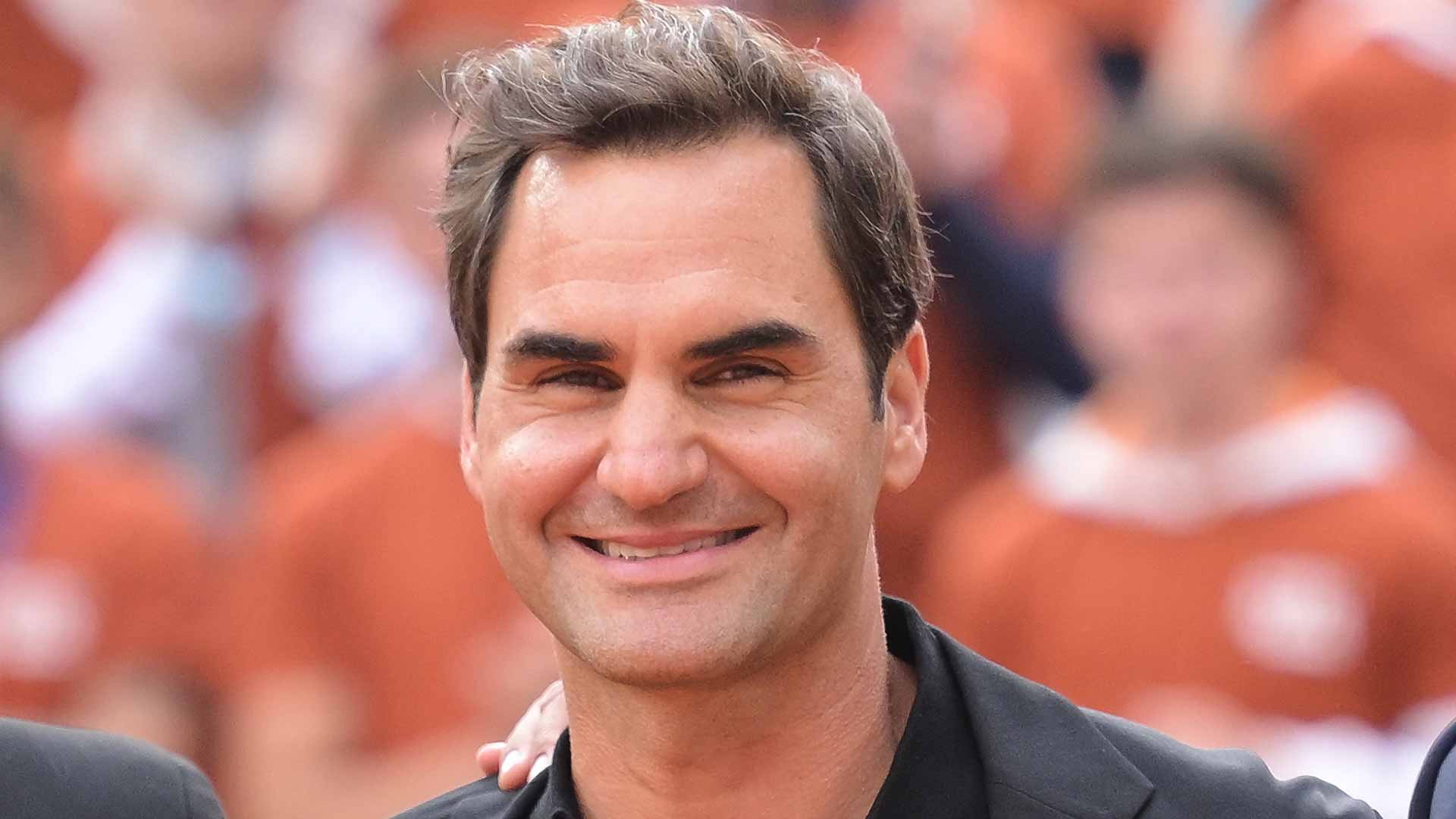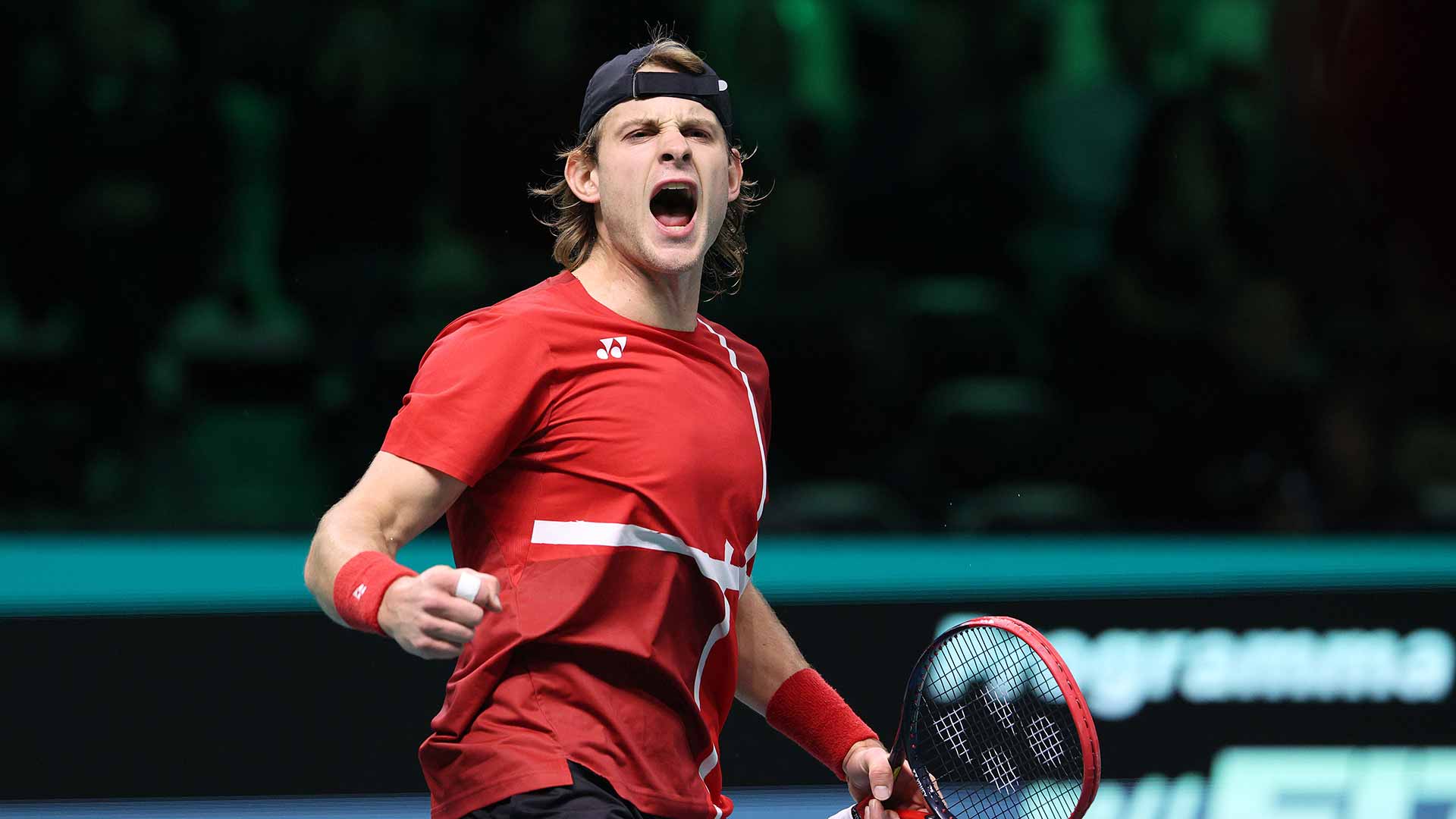Federer's Enshrinement Echoes a Golden Era
The inevitability of Roger Federer's Hall of Fame nod stirs memories of rivalries that redefined tennis, where every serve carried the weight of history and the thrill of transcendence.

The news from the International Tennis Hall of Fame landed with the precision of a Federer serve, electing him in his first year of eligibility for the class of 2026. No surprise to those who traced his path over 25 years, the Swiss maestro's induction underscores a career that blended artistry and endurance, leaving an indelible mark on the sport. As the only player candidate to secure enough votes—results kept private by the Hall—this moment caps a journey through tennis's most luminous period.
Pressure forged in rival duels
Federer's 20 Grand Slam singles titles emerged from an era he dubbed a golden time for tennis, shadowed by relentless rivals Rafael Nadal and Novak Djokovic. Early on, he harbored hopes for just one major, a modest ambition that dissolved with his 2003 Wimbledon breakthrough, where grass courts amplified his fluid footwork and attacking style. The psychological grind intensified as expectations soared, each tournament a test of resolve amid the roar of crowds and the hush before decisive points.
By 2009, he shattered Pete Sampras's record of 14 majors in a Wimbledon final against Andy Roddick, enduring a 16-14 fifth set where every serve and slice backhand navigated mounting tension. His forehand's whip, often fired inside-out to stretch the court, turned pressure into propulsion, culminating in that 20th title at the 2018 Australian Open. Djokovic later described such streaks—10 consecutive finals from 2005 to 2007, winning eight—as results that seemed inhuman, highlighting the mental fortitude behind Federer's calm facade.
"I didn't predict I was going to have this many majors," Federer once told the Associated Press. "I was hoping to maybe have one, to be quite honest, at the very beginning of my career."
Off the court, that poise extended to leadership, as he guided Switzerland to the 2014 Davis Cup title and paired with Stan Wawrinka for doubles gold at the 2008 Olympics. Multilingual exchanges in press rooms—English, French, Swiss German—mirrored his on-court adaptability, diffusing intensity with effortless grace. His final Wimbledon in 2021, nearing 40, evoked the fading light of Centre Court, yet his 2022 Laver Cup farewell alongside Nadal pulsed with the event's electric camaraderie.
Tactics that spanned every surface
Federer's all-court game thrived on subtle shifts, his serve-volley rushes dominating Wimbledon's low bounces with eight titles, where crosscourt angles and down-the-line passes kept opponents scrambling. On clay at the French Open, his lone 2009 victory demanded shortened swings and underspin slices to counter the drag, disrupting patterns in grueling rallies that tested his baseline patience. Hard courts at the Australian Open and US Open—six and five crowns, respectively—favored his 1–2 combinations, wide serves pulling returners off-balance for inside-in forehands that exploited faster bounces.
These adjustments secured a career Grand Slam, one of only eight men to achieve it, while his 103 tournament victories and 1,251 singles matches rank second in the Open Era since 1968, trailing only Jimmy Connors. Against Nadal's topspin fortress, Federer varied pace with slice backhands to neutralize lift; Djokovic's returns prompted body serves and topspin drives to maintain control in extended exchanges. Streaks of 23 semifinals and 36 quarterfinals at majors reflected this tactical depth, turning varied surfaces into canvases for his precision.
At No. 1 for 310 weeks, including a record 237 consecutive, he sustained dominance without chasing records, as he shared with the Associated Press: he played for love of the game. Nadal surpassed him with 22 majors before retiring at 38 last year, while Djokovic holds 24 at the same age, still vying fiercely. Federer's totals, paired with his ambassadorial role, elevated the sport's global pulse.
Legacy inspires rising stars
Younger players like Carlos Alcaraz, the 22-year-old No. 1 with six Slams, draw from Federer's elegance, channeling it into their own high-stakes play on diverse courts. Alcaraz praises how he treated everyone with humility, taking the game to new levels through graceful execution. That influence persists, a model for navigating modern rivalries with the same blend of tactics and temperament.
"The elegance he has shown on court, off the court -- how he treated people, everyone; a really humble guy -- everything he does, he does with elegance," Alcaraz said. "I appreciate that. He took the game to another level ... that's what I admire the most."
Mary Carillo joins the 2026 class in the contributor category, her trailblazing commentary as the first woman to regularly broadcast tennis earning six Emmys and three Peabodys, plus induction into the Sports Broadcasting Hall of Fame in 2018. As an HBO Real Sports correspondent and former player, she dissected the mental layers of matches with sharp insight. Her election adds depth to the ceremony in August, celebrating voices that amplified the game's narratives.
"I've always valued the history of tennis and the example set by those who came before me," Federer reflected. "To be recognized in this way by the sport and by my peers is deeply humbling." Looking ahead, next year's ballot holds Juan Martin del Potro and Svetlana Kuznetsova as carryovers, with newcomers Serena Williams and Ashleigh Barty eligible after their 2022 retirements, promising debates that will extend Federer's golden echo into tennis's evolving chapters.


